This picture is taken from this answer. As far as I know, the bandwidth is the range of frequencies at which the gain does not go below 70.7% of its maximum gain. As we can see the author said when gain is 100 the "bandwidth" is 10,000. How? the graph simply says at frequency 10,000 Hz the gain would be 100, that's all. It does not mean from 0-10,000 Hz the amplifier is going to attain at least 70.7% of it's maximum gain (that flat line gain). So does it mean the the author want to mean "frequency" instead of BW? If no, then what is the actual definition of BW?
-
1For 100V/V your amplifier will have a voltage gain equal to 100V from 0Hz to 10kHz. To be more precise the amplifier -3dB the corner frequency will be at 10kHz (the gain will be 70.7 V/V at 10kHz) – G36 Apr 01 '21 at 16:37
-
Add the image in the question. Not as link. – Mitu Raj Apr 01 '21 at 16:37
2 Answers
That is the open loop gain you are looking at.
It simply tells how much based on the open loop gain you can have closed loop gain at certain frequency before the amplifier hits a limit, after which it cannot provide closed loop gain due to the limit of open loop gain.
So yes, you can have a gain of 100 with frequencies ranging from 0 to 10kHz but you can't have gain of 100 at higher frequencies, and similarly, at 10kHz you can have gain up to 100 but not any more than 100.
- 127,425
- 3
- 97
- 261
If you have an amplifier that has maximum open-loop gain at DC up to some frequency (call it the 3 dB point or cut-off point) then, at any spectral point on that gain curve, the bandwidth equals frequency. If you had an amplifier that didn't have gain at DC, rather like this confusing diagram on a certain Wikipedia page that attempts to explain GBW product: -
Then, the waters are considerably muddied by the high pass nature in the lower frequencies and, this would not apply to common op-amps at all because clearly, the open-loop bandwidth at any particular gain has to take into account limitations at DC and, there isn't an op-amp that I know of that behaves this way (despite the wiki article and the picture showing an op-amp circuit in the diagram). In other words: -
Those low frequency cut-offs don't happen with an op-amp and gain extends all the way to DC. So, my advice to you is forget that wiki page and that confusing diagram.
- 434,556
- 28
- 351
- 777
-
so the term "lower cut off frequency " doesn't exist for an op amp , right? It is only going to pose a single cutoff frequency , right? But then why do they talk about distinctively as "lower" and upper cutoff frequency? I think they are talking about in general frequency response of a general amplifier, not just an op amp, right? – Sayan Apr 01 '21 at 20:23
-
@sayan - I believe that the wiki site you refer to is not at all a good source for explaining gain bandwidth product as applied to op-amps. It's contradictory and appears to be written by someone who is paying the subject lip-service and nothing more. – Andy aka Apr 01 '21 at 21:14


